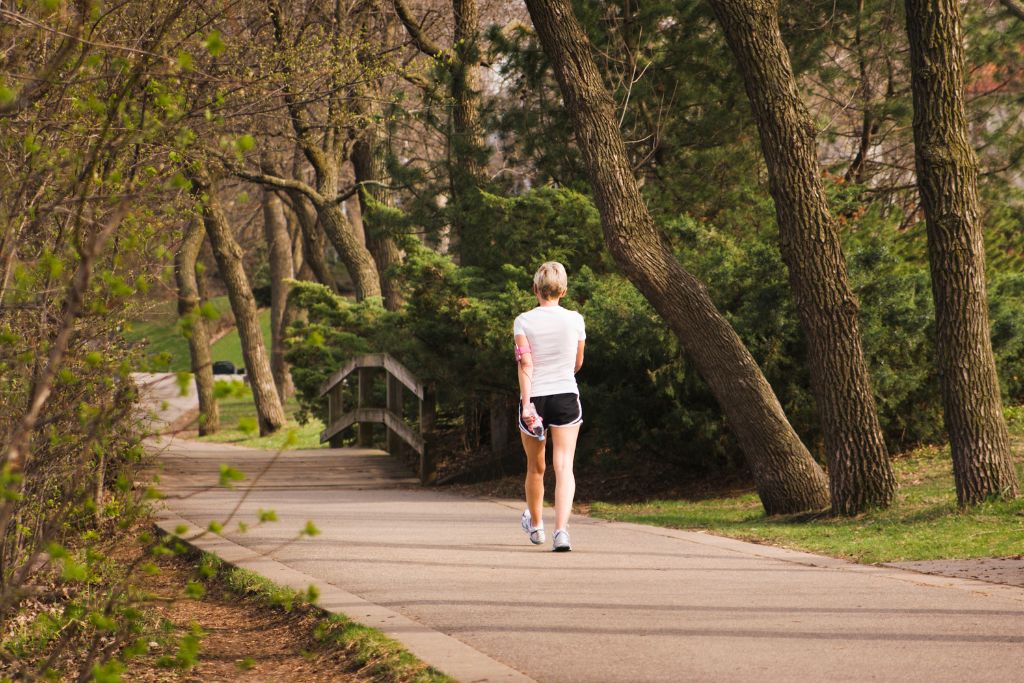
Iniciar el Camino de Santiago es una decisión transformadora, especialmente si llevas un estilo de vida sedentario.
La preparación física es fundamental para disfrutar de esta experiencia sin que el esfuerzo te pille por sorpresa.
Aquí te ofrecemos algunos consejos prácticos para poner tu cuerpo en marcha y asegurarte de que estés listo para la aventura.
Comienza Poco a Poco
-Establece una rutina de caminata: Inicia con caminatas cortas, de unos 15 a 30 minutos, tres veces por semana. Gradualmente, aumenta tanto la duración como la frecuencia de estas caminatas hasta que puedas caminar cómodamente durante al menos una hora al día.
-Varía el terreno: No todos los tramos del Camino son planos o fáciles. Intenta caminar por diferentes tipos de terreno, como senderos naturales, colinas y superficies irregulares, para acostumbrar a tus pies y piernas a lo que enfrentarán.
Fortalece Tu Cuerpo
-Ejercicios de fortalecimiento: Incorpora ejercicios que fortalezcan tus piernas, glúteos y core. Estos músculos son esenciales para caminar y cargar tu mochila. Sentadillas, estocadas y planchas son excelentes opciones que puedes hacer en casa.
-Estiramientos: La flexibilidad es tan importante como la fuerza. Dedica tiempo a estirar después de cada sesión de caminata o ejercicio para mejorar tu flexibilidad y reducir el riesgo de lesiones.
Cuida Tus Pies
-Elige el calzado adecuado: Invierte en un buen par de botas o zapatillas de senderismo y úsalas durante tus caminatas de entrenamiento para adaptarte a ellas. Asegúrate de que sean cómodas, ofrezcan soporte y estén bien ajustadas.
-Practica la higiene del pie: Mantén tus pies limpios y secos. Aprende a cuidar de tus pies para prevenir ampollas y otros problemas comunes entre los peregrinos.
Simula Condiciones Reales
-Camina con tu mochila: Una vez te sientas cómodo caminando distancias más largas, comienza a llevar una mochila con algo de peso. Incrementa gradualmente el peso hasta alcanzar el que planeas llevar en el Camino. Esto te ayudará a ajustarte a la sensación y a fortalecer los músculos pertinentes.
Escucha a Tu Cuerpo
-Descansa cuando lo necesites: El descanso es parte del entrenamiento. Si sientes dolor o fatiga excesiva, tómate un día de descanso. Escuchar a tu cuerpo puede prevenir lesiones y agotamiento.
Prepararte físicamente para el Camino de Santiago es un proceso gradual, especialmente si partes de un estilo de vida sedentario.
Al seguir estos consejos, no solo mejorarás tu condición física para la peregrinación, sino que también podrás disfrutar de cada kilómetro de tu viaje.
Recuerda, el Camino es más que un desafío físico; es una oportunidad para crecer personal y espiritualmente.
¿Estás listo para dar el primer paso hacia una gran aventura?
—
How to Physically Prepare for the Camino if You Are Sedentary
Starting the Camino de Santiago is a transformative decision, especially if you lead a sedentary lifestyle.
Physical preparation is crucial to enjoy this experience without the effort catching you off guard.
Here we offer some practical tips to get your body moving and ensure you’re ready for the adventure.
Start Slowly
Establish a walking routine: Start with short walks, about 15 to 30 minutes, three times a week. Gradually increase both the duration and frequency of these walks until you can comfortably walk for at least an hour a day.
Vary the terrain: Not all sections of the Camino are flat or easy. Try walking on different types of terrain, such as natural trails, hills, and uneven surfaces, to accustom your feet and legs to what they will face.
Strengthen Your Body
Strength exercises: Incorporate exercises that strengthen your legs, glutes, and core. These muscles are essential for walking and carrying your backpack. Squats, lunges, and planks are excellent options you can do at home.
Stretching: Flexibility is as important as strength. Dedicate time to stretching after each walking session or exercise to improve your flexibility and reduce the risk of injuries.
Take Care of Your Feet
Choose the right footwear: Invest in a good pair of hiking boots or shoes and use them during your training walks to adapt to them. Ensure they are comfortable, offer support, and fit well.
Practice foot hygiene: Keep your feet clean and dry. Learn to take care of your feet to prevent blisters and other common issues among pilgrims.
Simulate Real Conditions
Walk with your backpack: Once you feel comfortable walking longer distances, start carrying a backpack with some weight. Gradually increase the weight to what you plan to carry on the Camino. This will help you adjust to the sensation and strengthen the relevant muscles.
Listen to Your Body
Rest when you need it: Rest is part of the training. If you feel pain or excessive fatigue, take a day off. Listening to your body can prevent injuries and exhaustion.
Physically preparing for the Camino de Santiago is a gradual process, especially if you start from a sedentary lifestyle.
By following these tips, you’ll not only improve your physical condition for the pilgrimage but also enjoy every kilometer of your journey.
Remember, the Camino is more than a physical challenge; it’s an opportunity for personal and spiritual growth.
Are you ready to take the first step towards a great adventure?


